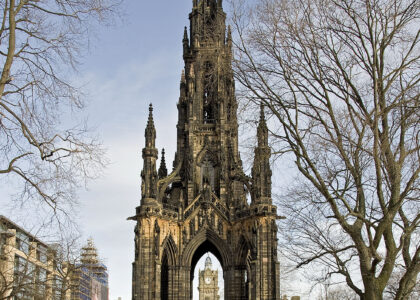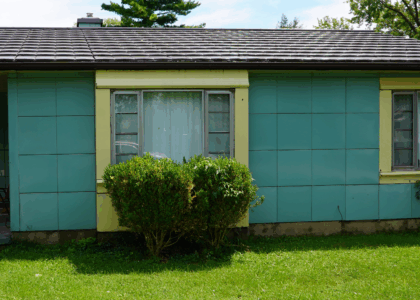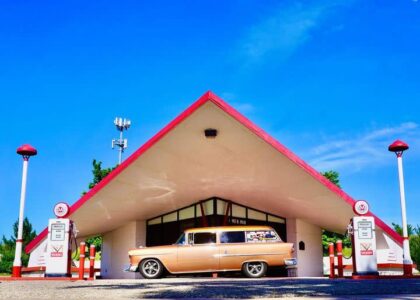Welcome to Riverside Plaza, a landmark of modernist architecture that tells a rich story of ambition and resilience. Designed by the renowned architect Ralph Rapson, Riverside Plaza first opened its doors in 1973. Originally known as Cedar Square West, this complex was part of a visionary plan to create a ‘New Town-In Town’—a self-sufficient urban community designed to foster diversity. Inspired by European urban housing models, Rapson’s design embraced diversity not only in its architecture but also in its social mission. The complex was intended to house a mix of income levels, ages, and cultures, reflecting the rich tapestry of the Cedar-Riverside neighborhood in which it resides.
The complex itself is composed of six towering buildings, with the 39-story McKnight Building being the tallest structure outside of downtown Minneapolis. These buildings surround landscaped courtyards adorned with fountains, terraces, and playgrounds. Rapson’s design originally included blank panels for residents to paint, but concerns about potential misuse led to their current colorful appearance, reminiscent of Le Corbusier’s Unité d’Habitation.
Riverside Plaza’s story is also one of community activism and social change. During its inception in the mid-20th century, the Cedar-Riverside area was marked by urban renewal controversies. Developers faced criticism for bypassing community input and displacing existing residents. This tension sparked protests and ultimately resulted in a more community-focused vision for the neighborhood. Over the years, Riverside Plaza has become a welcoming home for waves of immigrants from Vietnam, Korea, India, the Middle East, Africa, and South America. Today, it serves as a vibrant hub for the Somali, Ethiopian, and Oromo communities, who have opened shops, restaurants, and cultural centers along Cedar and Riverside Avenues.
In the broader historical context, Riverside Plaza stands as a testament to the evolving ideals of urban development—balancing modernist architectural aspirations with the practical needs of diverse urban populations. Its history is a microcosm of Minneapolis itself, reflecting shifts in demographics, economic conditions, and social movements. As you explore this iconic complex, consider the countless stories of the individuals and communities that have shaped and been shaped by Riverside Plaza.






